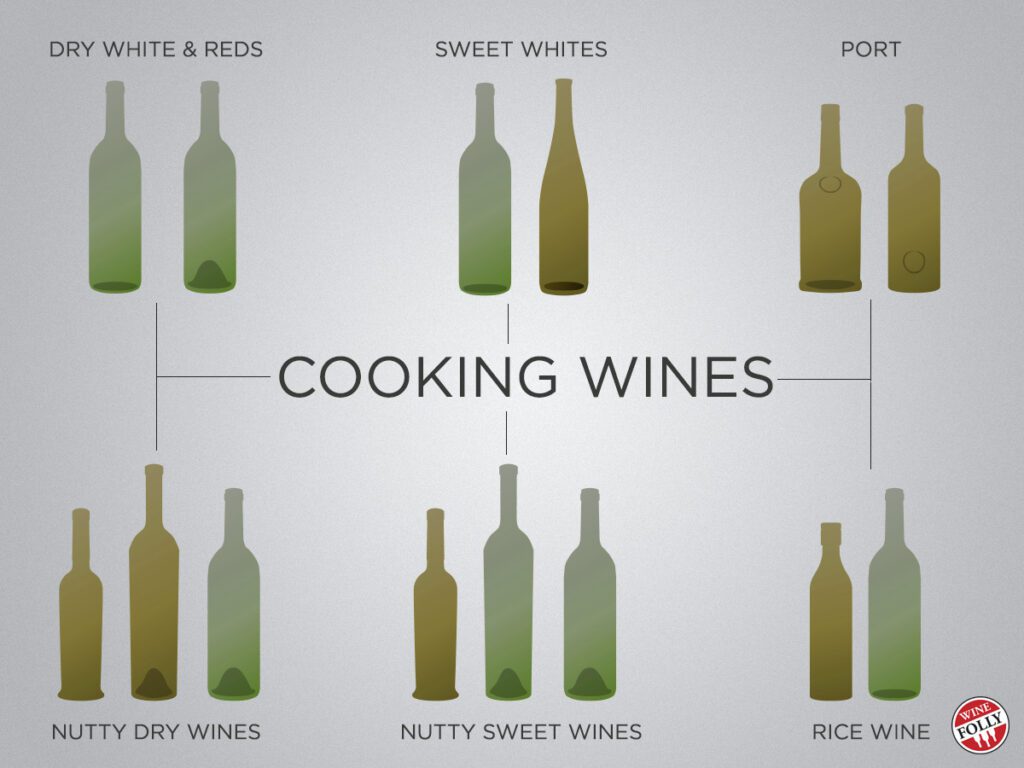Choosing the right wine and application is essential for cooking with wine. Wine has its own unique taste, which can enhance the flavor of various ingredients in a dish. Red wine is rich in resveratrol, while white wine is a good source of essential minerals. It is important to choose a wine that complements the dish, and it is advisable to select a quality wine. White wine is versatile and perfect for poaching fish or cream-based dishes. Red wine is often used to add deep, rich flavors to slow-cooked dishes and sauces. Merlot, Cabernet Sauvignon, and Pinot Noir are popular wine varieties for cooking.
The Secret to Cooking with Wine: Choosing the Right Varieties and Application
Introduction
Cooking with wine can be an excellent way to add flavor and depth to your dishes. Wine has its own unique taste, which can enhance the flavor of various ingredients in a dish. However, it is essential to choose the right varieties of wine and their application to yield the best results while cooking with wine. In this article, we will discuss the nutritional value of each wine and how to incorporate them into your cooking.
The Nutritional Value of Wine
Wine is made from fermented grapes, and it contains a lot of vitamins and minerals. Red wine, in particular, is rich in resveratrol, which is an excellent antioxidant. It also contains a high concentration of tannins, which help to protect the heart and improve blood flow. White wine, on the other hand, is a good source of potassium and magnesium, which are essential minerals that help to maintain the body’s electrolyte balance.
Choosing the Right Varieties of Wine
When it comes to selecting wine varieties for cooking, there are a few things you need to consider. Firstly, you should choose a wine with flavors that complement the dish you are making. For example, if you are making a tomato-based sauce, a light-bodied red wine like Chianti or Pinot Noir could be an excellent choice. If you are making a creamy white sauce, a dry white wine like Sauvignon Blanc or Chardonnay may be more suitable.
Secondly, it is essential to choose the right quality of wine. While it is tempting to use cheap wine for cooking, it can actually ruin the taste of your dish. As a rule of thumb, you should always use a wine for cooking that you would be happy to drink.
White Wine as an Ingredient in Cooking
White wine is a versatile ingredient that can be used in various cooking techniques like deglazing, marinating, and poaching. Here are some of the most popular varieties of white wine and their ideal application in cooking:
Sauvignon Blanc:
Sauvignon Blanc has a crisp, clean taste and is perfect for poaching fish. It’s also a great match with goat cheese-based dishes and salads.
Chardonnay:
Chardonnay has a rich, buttery flavor and is ideal for cream-based dishes like risotto and sauces.
Riesling:
Riesling is a sweet, aromatic wine that is an excellent ingredient for marinades and dressings. It also pairs well with spicy dishes.
Red Wine as an Ingredient in Cooking
Red wine is often used in slow-cooked dishes and sauces to add deep, rich flavors. The tannins in red wine also help to tenderize meat. Here are some of the most popular varieties of red wine and their ideal application in cooking:
Merlot:
Merlot has a soft, fruity taste and is ideal for stews and slow-cooked dishes like Beef Bourguignon. It also pairs well with tomato-based sauces.
Cabernet Sauvignon:
Cabernet Sauvignon is a full-bodied wine with a strong flavor that is perfect for hearty dishes like roasted beef, lamb, and game.
Pinot Noir:
Pinot Noir has a light, fruity taste and is best used in stews and sauces. It pairs well with mushrooms and other earthy flavors.
Conclusion
Cooking with wine can be an excellent way to elevate the flavors in your dishes. However, it is essential to choose the right varieties of wine and their application for the best results. By following the guidelines mentioned in this article, you can ensure that your dishes are full of rich, complex flavors. Happy Cooking!
